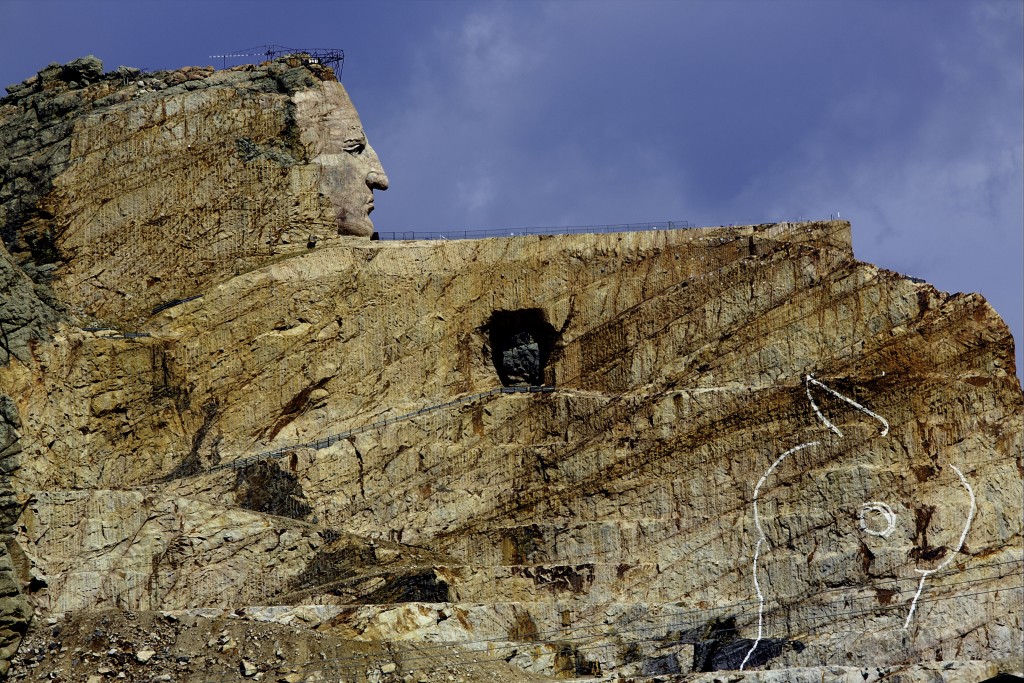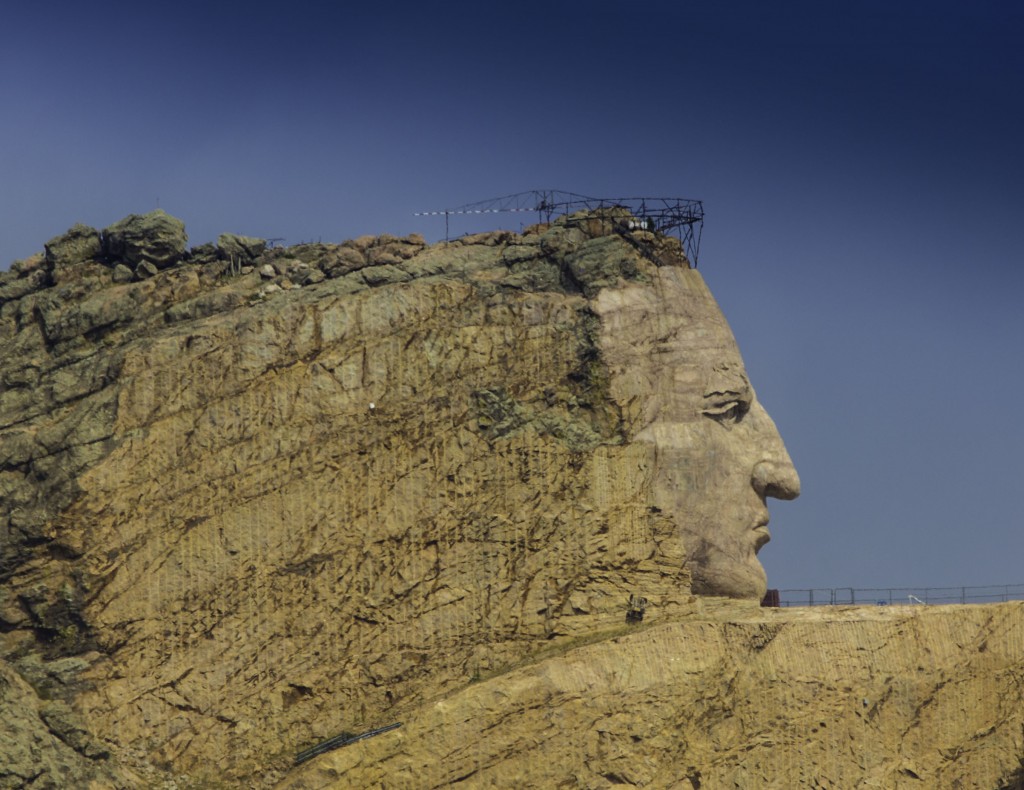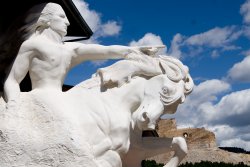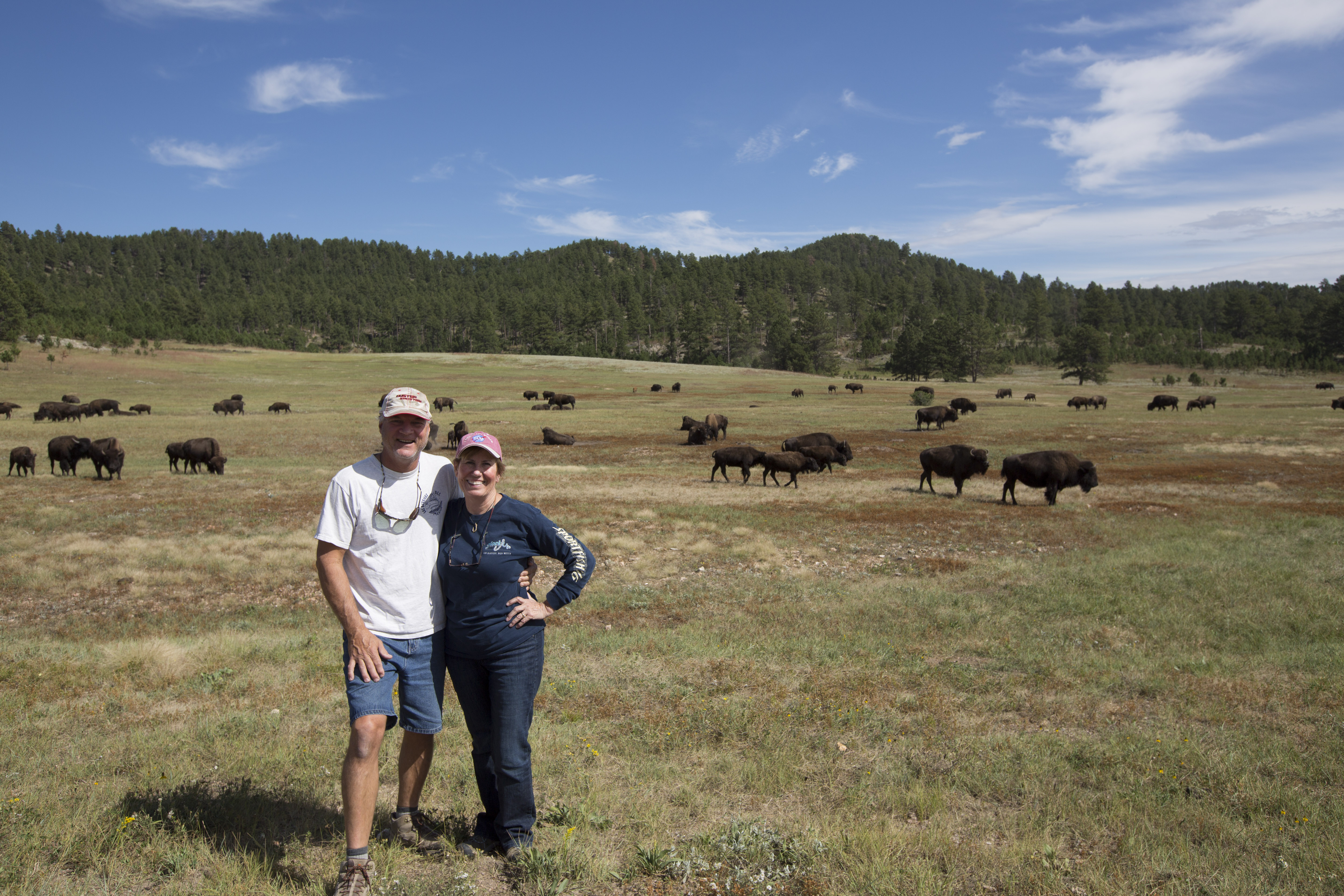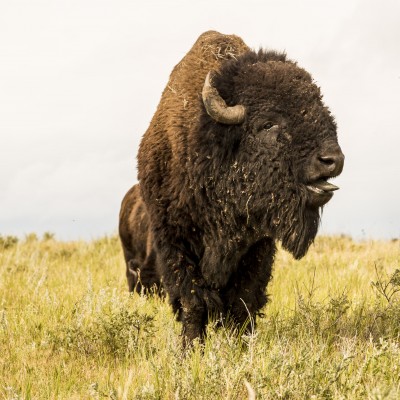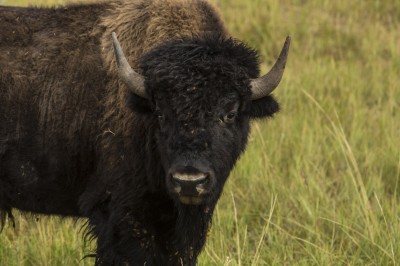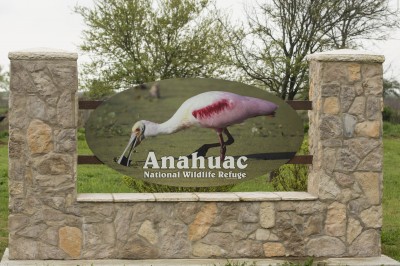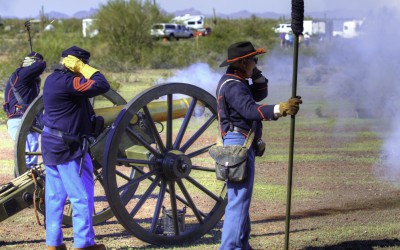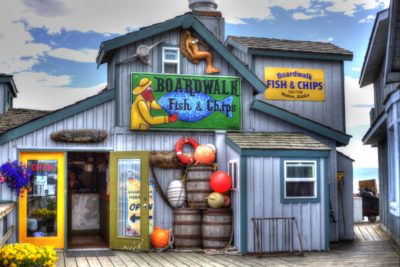Custer State Park
The park is South Dakota’s largest and first state park, named after Lt. Colonel George Armstrong Custer. This is where you’ll find the famous herd of 1500 free roaming bison. Elk, mule deer, white tailed deer, mountain goats, bighorn sheep, pronghorn, mountain lions, and feral burros also inhabit the park. I have not yet spotted any mountain lions, bighorn sheep, or mountain goats. The park is famous for its scenery, its scenic drives (Needles Highway, and the wildlife loop), with views of the bison herd and prairie dog towns. We were extremely lucky on the two days were drove through the park we saw MANY herd of Buffalo. It was Love at first sight of these roaming, grunting, rasta-haired seemingly gentle souls. I know they can be rough on humans and property, but to me, just to look into their eyes, I felt they had a lot to say.. If I could only speak Buffalo. Where do I begin with the photos of these past days? I suppose I have to choose just a few out of my collection of about 500+ buffalo photos. So Here goes:
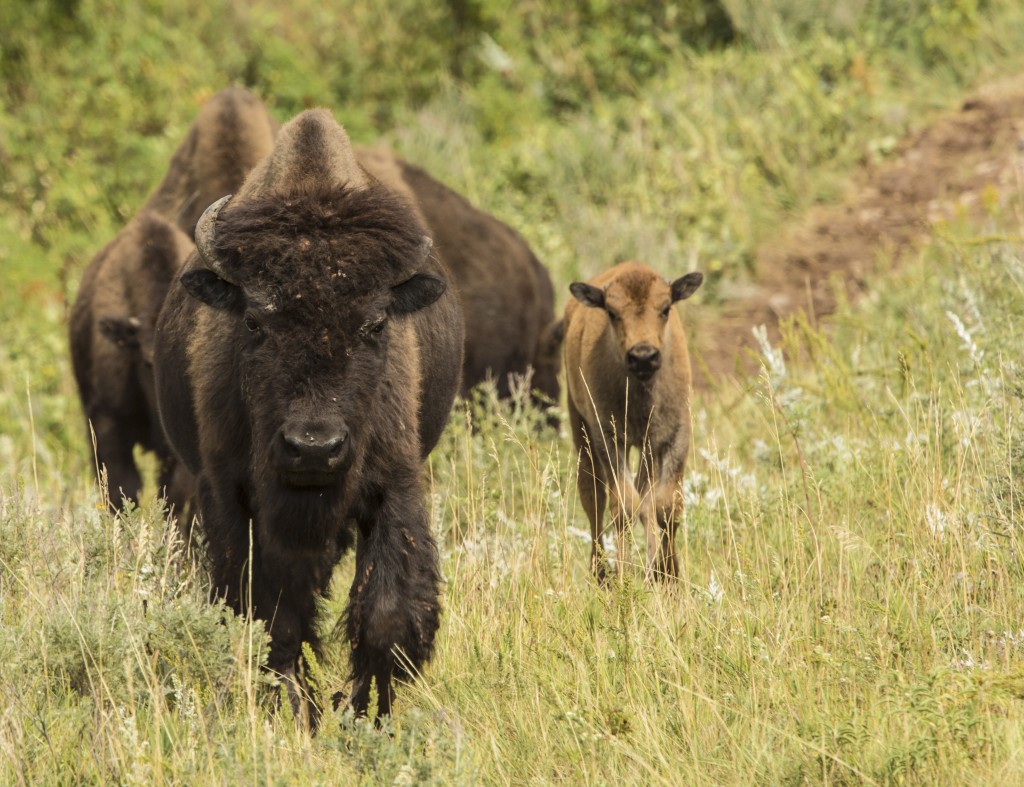
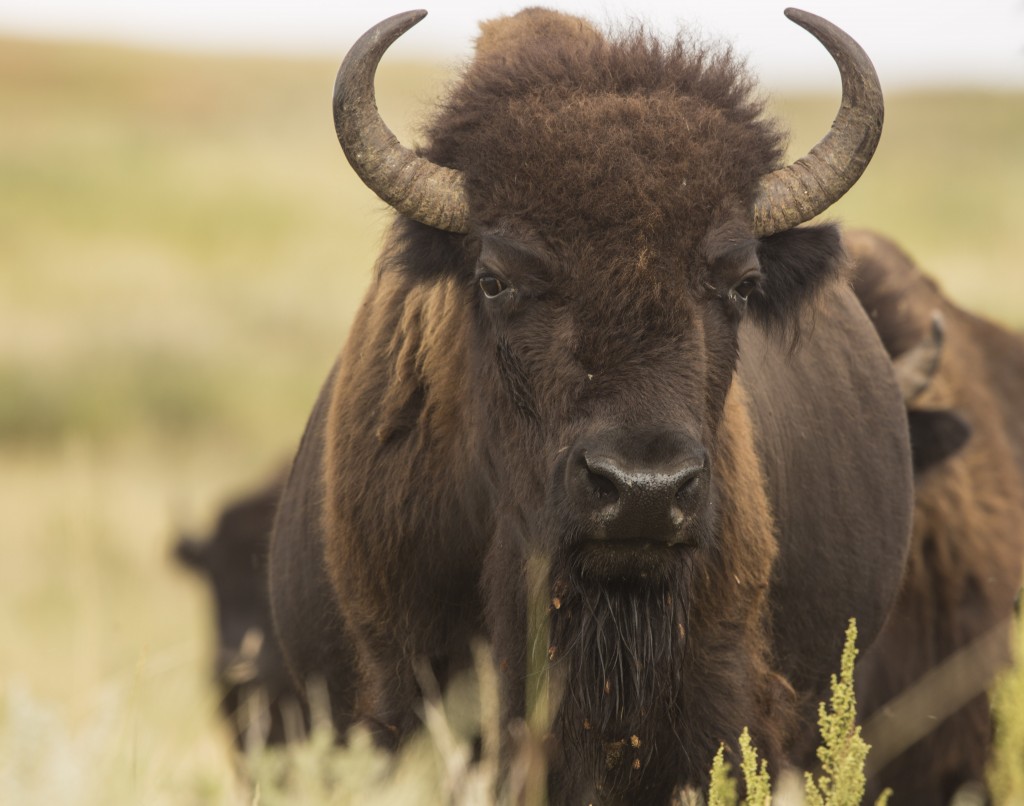
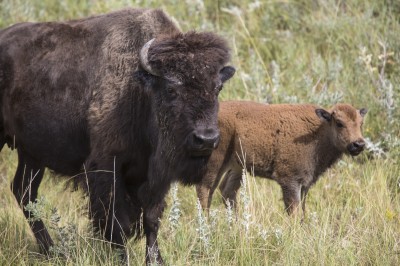
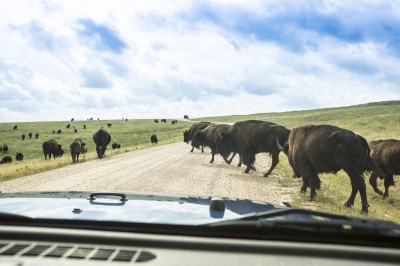
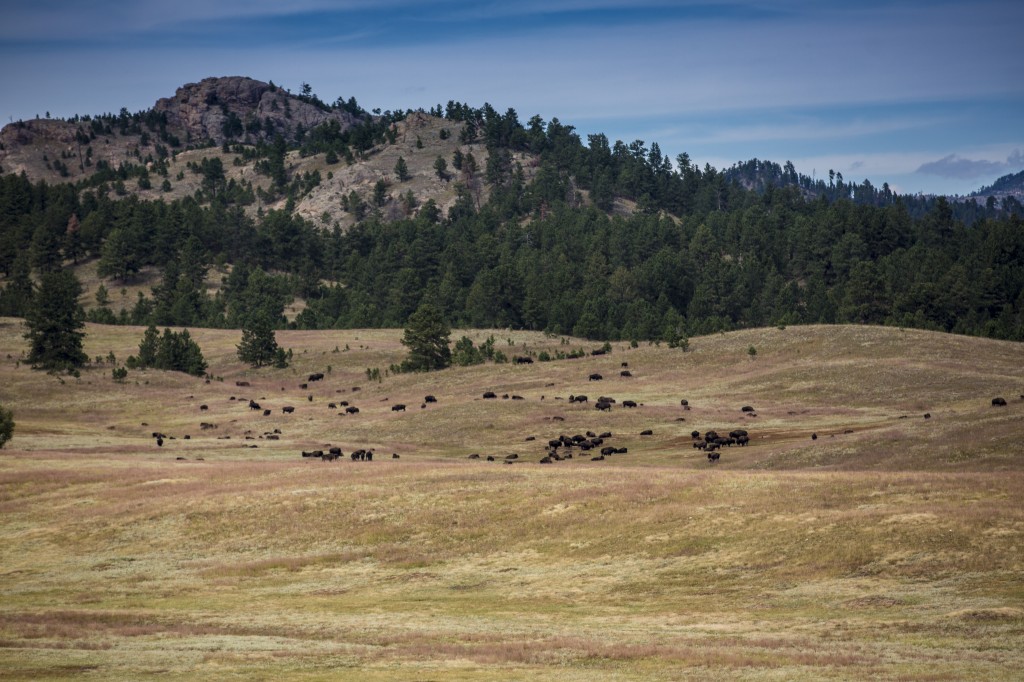
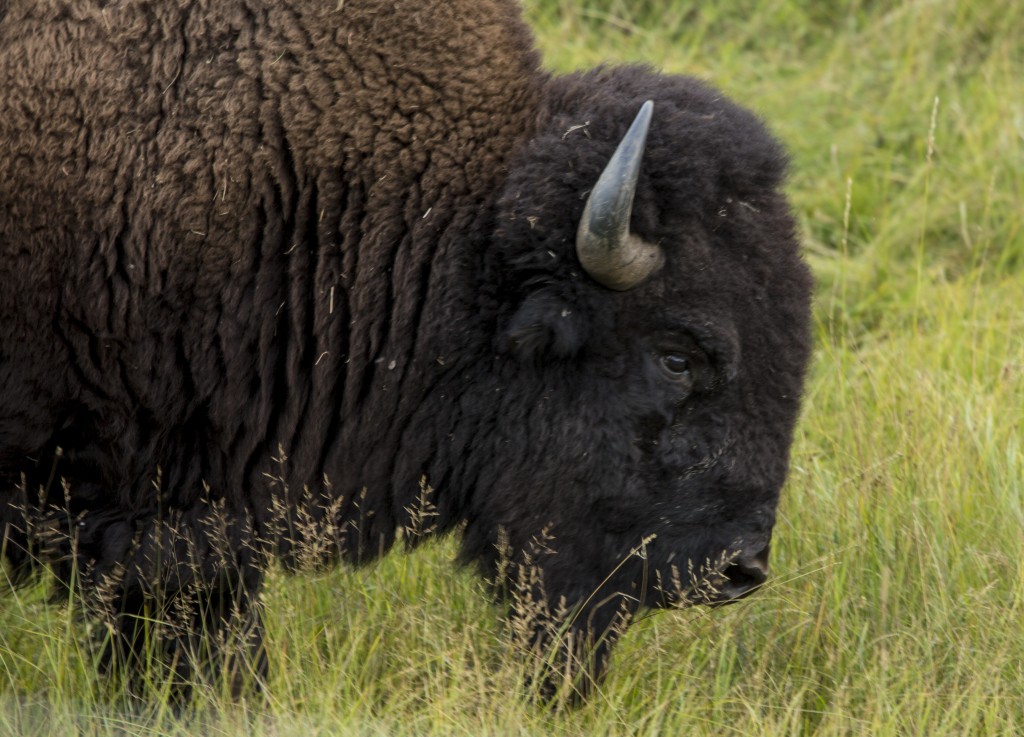
The four of us posed for a photo in front of one of the herds and within minutes of taking this calmly posed photo, about 10 buffalo passed right where we were standing.
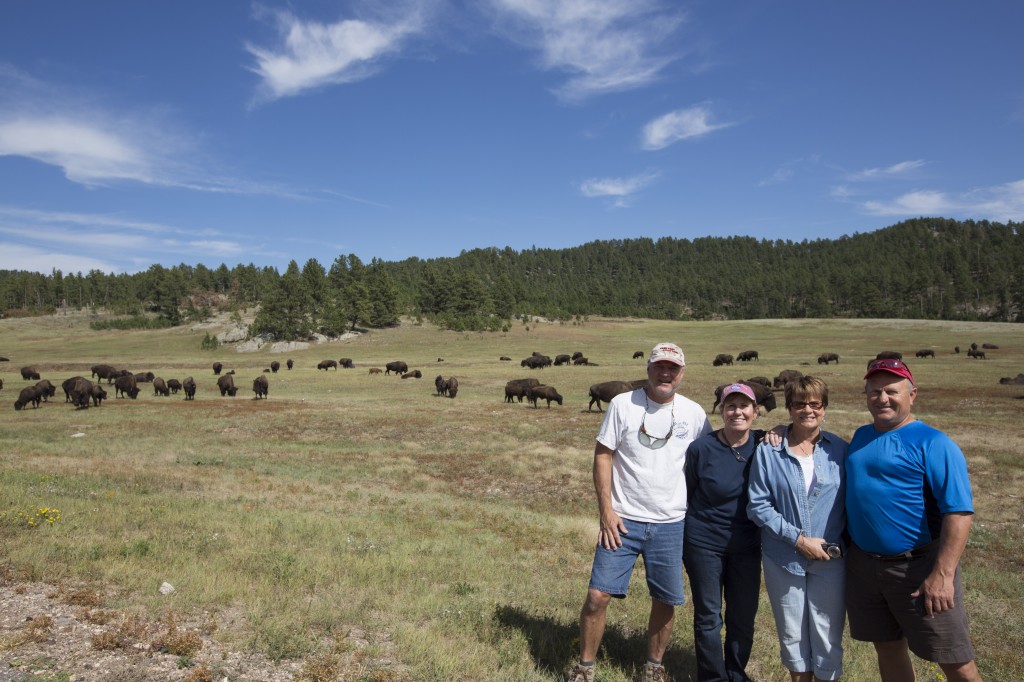
More of the wildlife in the park that we were able to spot were MANY deer, both White Tail and Mule deer, Hundreds of Prairie Dogs, and several herd of Pronghorn. Again I have to limit myself to posting just a few of these photos. 🙂
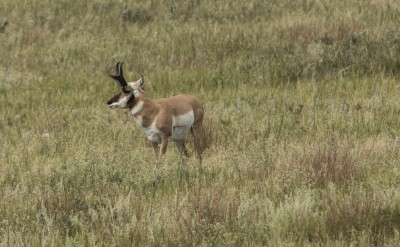
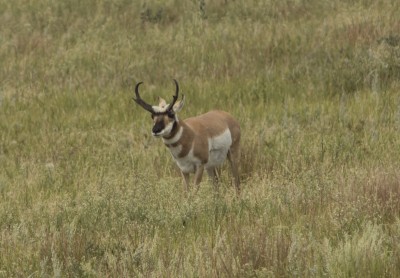
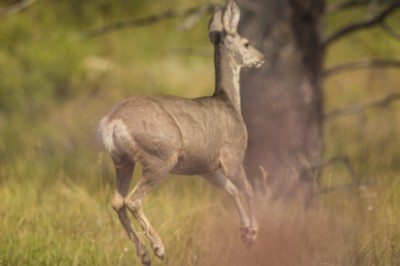
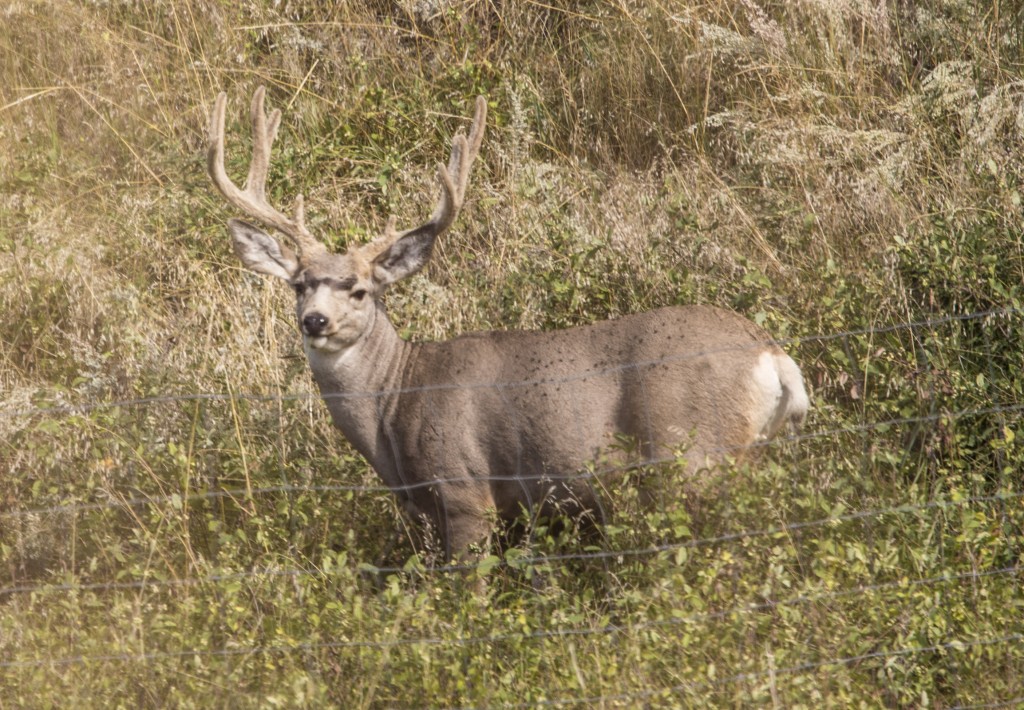
Next Stop – The Needles Highway
Within Custer State Park, there is a road called the Needles Highway. The roadway was carefully planned by former South Dakota Governor Peter Norbeck, who marked the entire course on foot and by horseback. Construction was completed in 1922. A unique rock formation called the Needle’s Eye, named for the opening created near the top by wind, rain, freezing and thawing. It does look like a needle, but, I and a few others easily see a large elephant and perhaps a couple of babies in this big rock formation. We arrived late in the day and my photos are not very good, but at least you can get a bit of an idea as to how spectacular this area is. The tunnels are one lane roads blasted through the granite. Honk your horn before entering!! Deemed “impossible” to construct by critics, the Needles highway—a National Scenic Byway—was completed in 1922 and it includes 14 miles of sharp turns, low tunnels, and impressive granite spires. Of course the name of the highway comes from the many needle like shapes of granite rising into the sky.
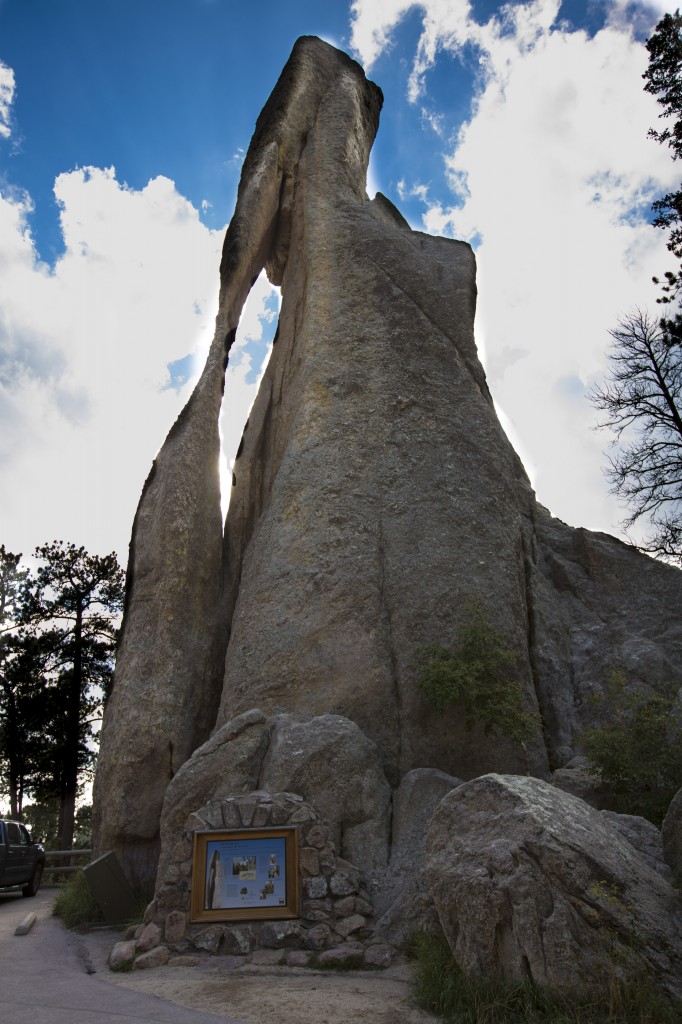
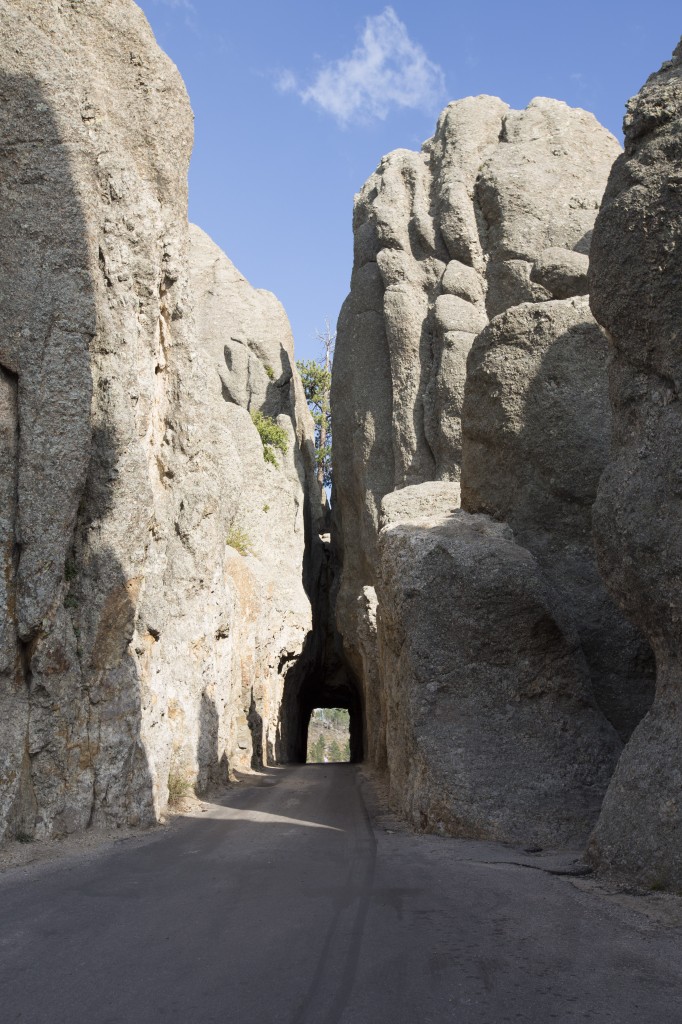
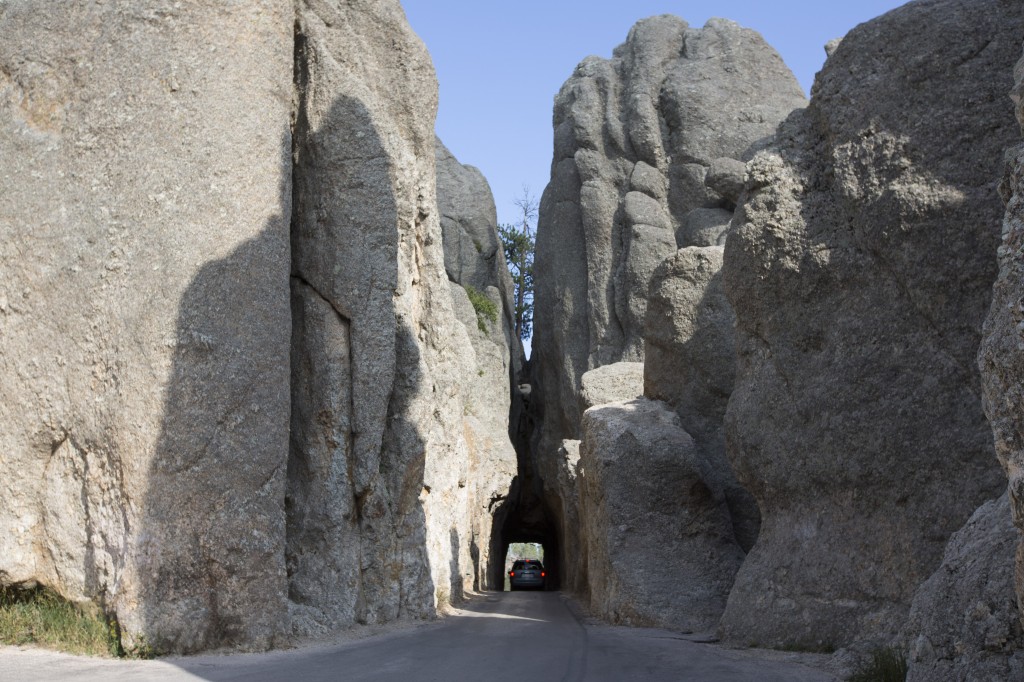
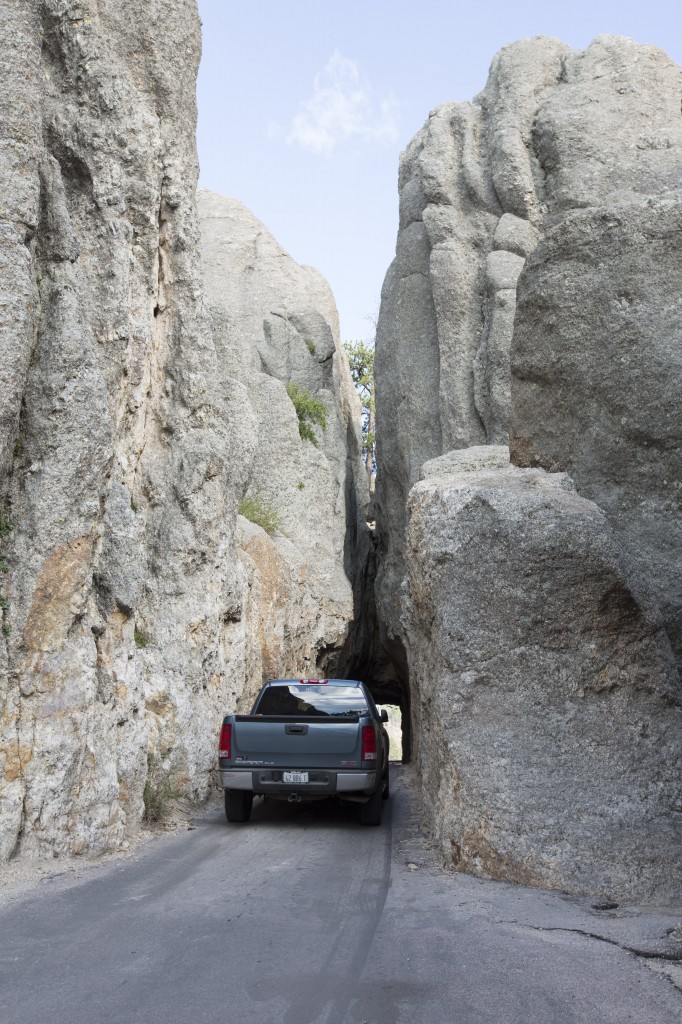
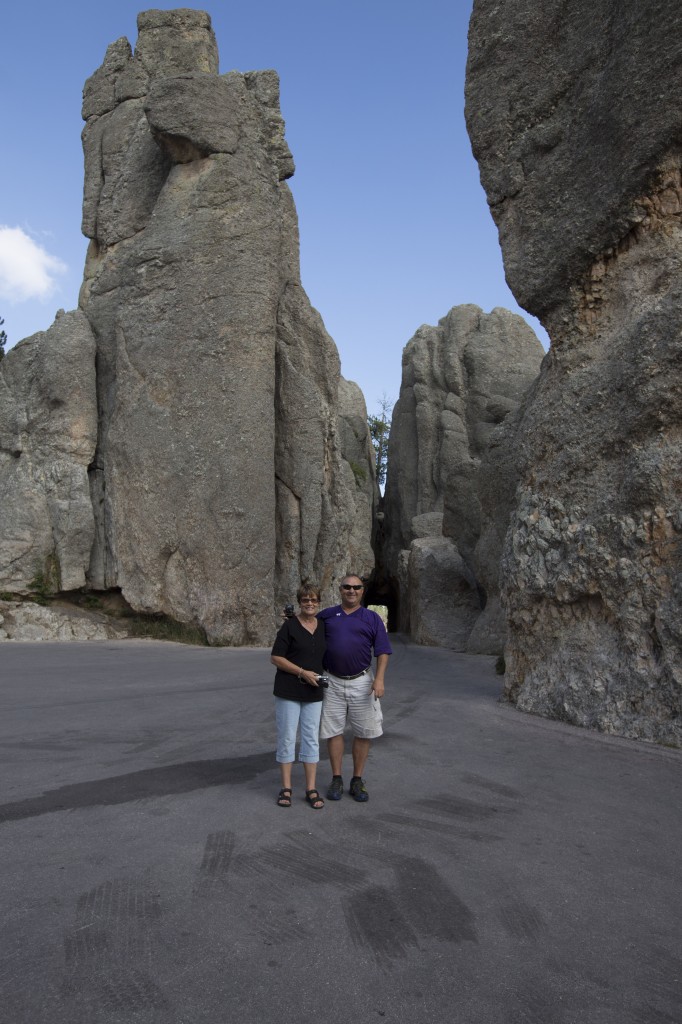
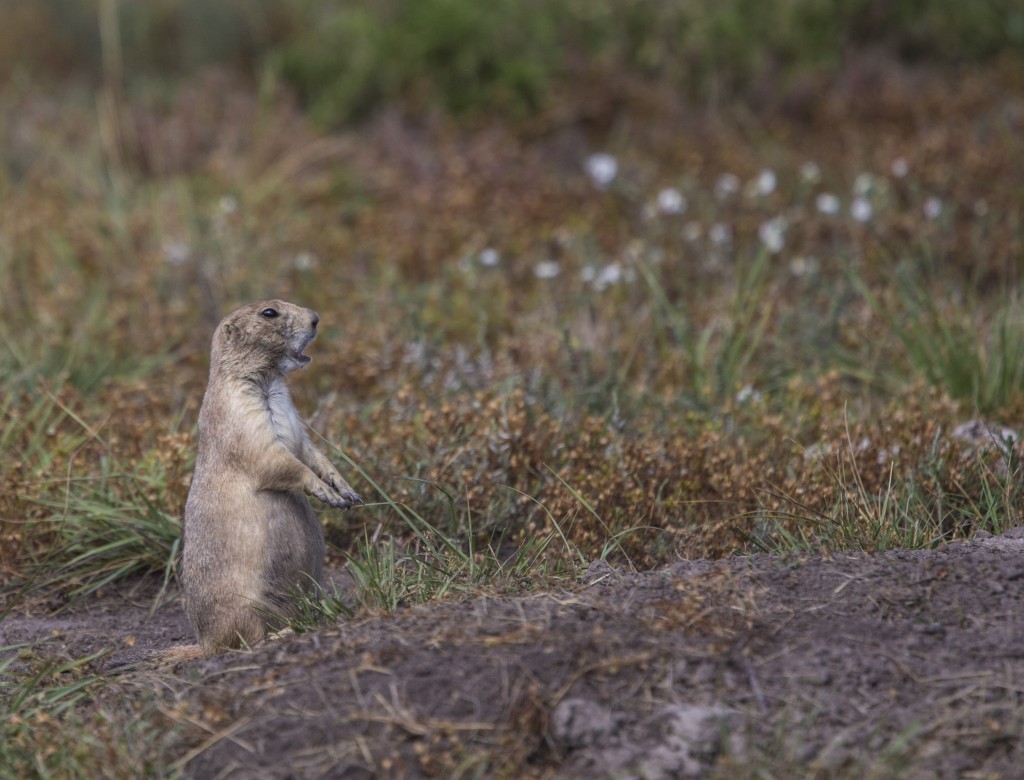
“Hey Everybody, we are off to Mt. Rushmore tomorrow”
Crazy Horse Monument
South Dakota is famously home to Mount Rushmore, but it’s also been making room for a second colossal mountain carving that, when finished, will dwarf the four presidents.
The sculpture in progress is of the Lakota warrior Chief Crazy Horse astride a stallion with his arm and pointed hand stretched out over the horse’s mane. It’s taking awhile. The Crazy Horse Memorial — taller than the Washington Monument and well over two football fields wide — has been 64 years in the making. And problems in the underlying rock are now forcing the sculptors to deviate from the original model.
Sculptor Korczak Ziolkowski began the project 1948.”He believed you can do anything in this world. Nothing is impossible as long as you’re willing to work hard enough and pay the price,” says the sculptor’s wife, Ruth, who is now 86 years old.
Ruth still oversees all aspects of work on the monument. She and seven of her children took up the project after her husband’s death in 1982. By the late 1990s, the face of Crazy Horse had emerged from the mountain carving. The last decade has been spent roughing out the horse’s head — it’s 22 stories high.
Today, mountain carving is high-tech. An engineer uses a laser measuring device to plot in a 3-D point on the side of the granite face. Rock is then removed — not using a hammer and chisel but with explosives.
For years the family followed their late father’s model exactly. But Monique Ziolkowski, the sculptor’s daughter, says the seams and cracks in the rock pose new challenges.
“He always said you had to work with Mother Nature because she’ll beat you every time. So that’s why we’re working with the engineers, and we will be putting bolts in for support, but the bulk of the mountain needs to stand on its own,” she says.
Here are my two photos of this Mountain sculpture today in September of 2013
